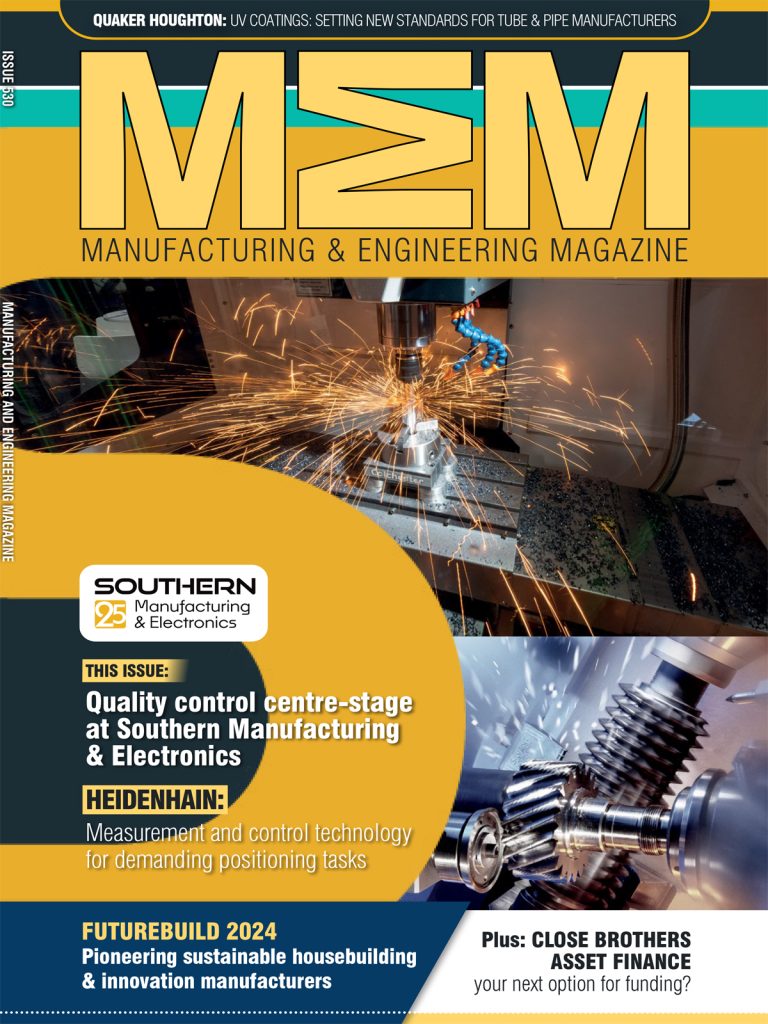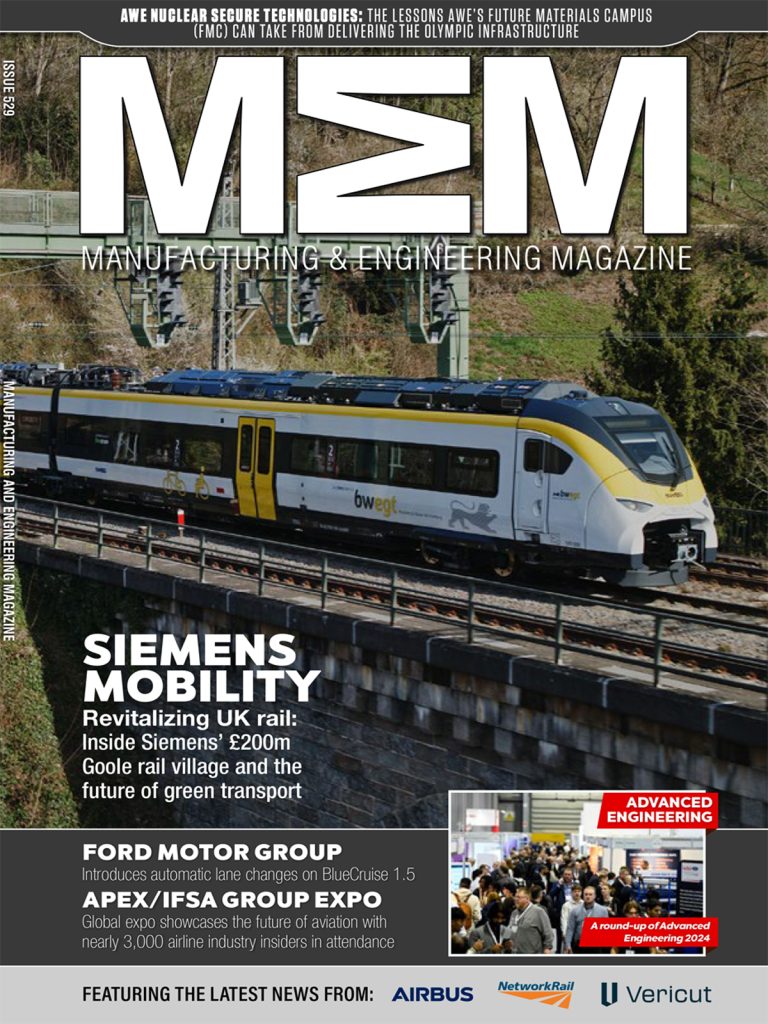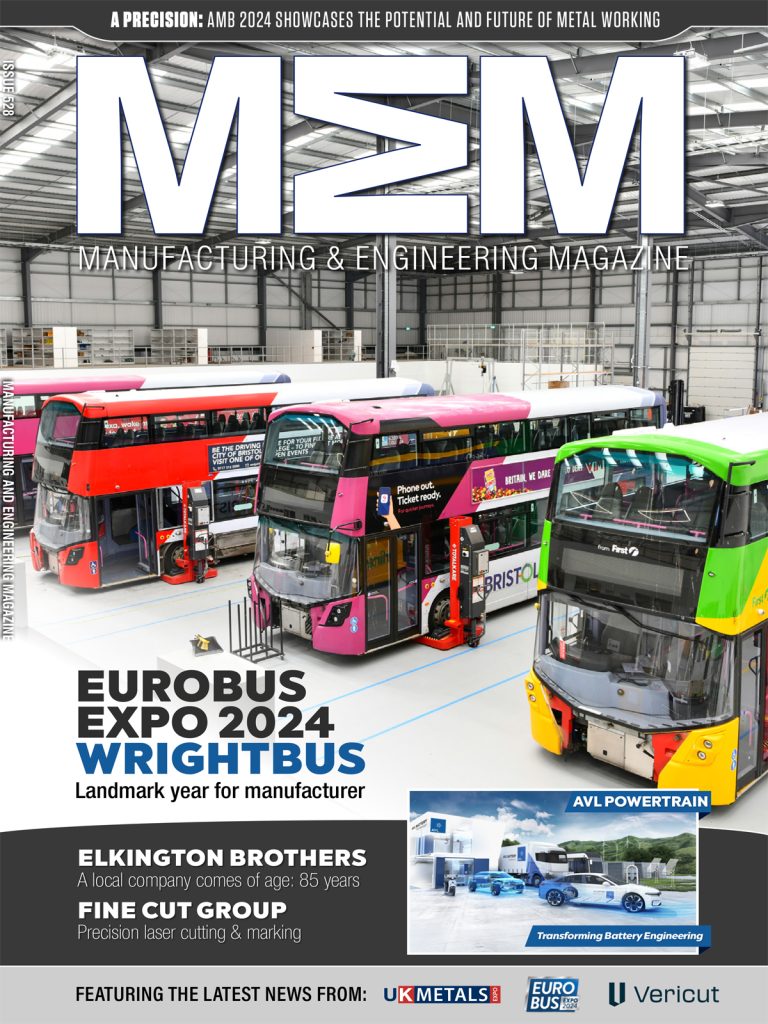Updating your equipment can lead to greater savings for your business in the long run as well as reducing emissions and tackling the climate change issue we are all facing. For example, new heating/ cooling systems can achieve 20-50% energy savings compared to traditional fans, wall/ ceiling-mounted box fans or overhead ducted fans. When replacing equipment, try to make sure it is recycled or recyclable where possible.
Improve manufacturing processes
Improvements can be done before or at the same time as upgrading your manufacturing equipment. Use data to analyse your processes and identify where efficiency-boosting improvements can be made. This can be through changing your factory or site layout, installing industrial insulation of pipes and tanks or replacing hot forging with cold forging.
Generate your own energy
Consider installing renewables on site to generate electricity, combined heat and power (CHP), and battery storage.
Make a formal commitment to cut your carbon and receive long term help and support
Take the first step on your journey to a low carbon future, by committing to cutting your carbon emissions in half by 2030 and to reach ‘net zero’ by 2050 on the UK Business Climate Hub. Net zero means that you are putting no more carbon into the atmosphere than you are taking out of it.
Through the government’s UN-backed commitment process, you’re joining an international community of thousands of like-minded businesses. As part of this, you will get regular newsletters and information from government to support you through your net zero journey
You can find more detailed advice on the UK Business Climate Hub.
Andrew Griffith, the government’s Business Net Zero Champion, said: “This important advice will help manufacturers play their vital role in cutting the UK’s carbon emissions. By taking these small steps manufacturers can collectively make a big difference in helping us fight climate change to create a brighter and more sustainable future.”
Brigitte Amoruso, Energy and Climate Change Senior Specialist, from Make UK, the manufacturers’ organisation said: “While innovation will be a critical contributor going forward in reducing Britain’s industrial carbon footprint, the low-hanging fruit of simple steps companies can take to slash carbon emissions are equally important.
“Stopping leakages and wastage, creating your own energy and changing manufacturing processes are quick, effective and achievable with the right advice. Even upgrading equipment can often be achieved at no capital cost.
“This new guide for businesses, created in collaboration between government and industry experts, is ideal to help companies make thNew advice for manufacturers, created by government and industry experts, has been released to help businesses like yours cut their carbon footprint and help to save the planet.
Making greener choices now, as the UK gears up for the COP26 Climate Conference in Glasgow in November, is the perfect time to make savings on your running costs and also show customers you are serious about sustainability.
The advice can be found on the UK Business Climate Hub, which was launched in June as part of the government’s Together for our Planet campaign.
And you can demonstrate how much your business puts sustainability at its heart by making a climate commitment to reaching net zero emissions by 2050 when you visit the UK Business Climate Hub.
Stop leaks and wastage
Leak detection and repair increases equipment efficiency and reduces raw material waste. For example, a 3mm leak in a compressed air system running for 24 hours could cost around £2000 a year, and 16 tonnes of CO2 emissions.
One of the best ways to find and stop leaks is to use a digital monitoring system. You might be able to get this through a subscription with no capital cost.
Upgrade your manufacturing equipment














